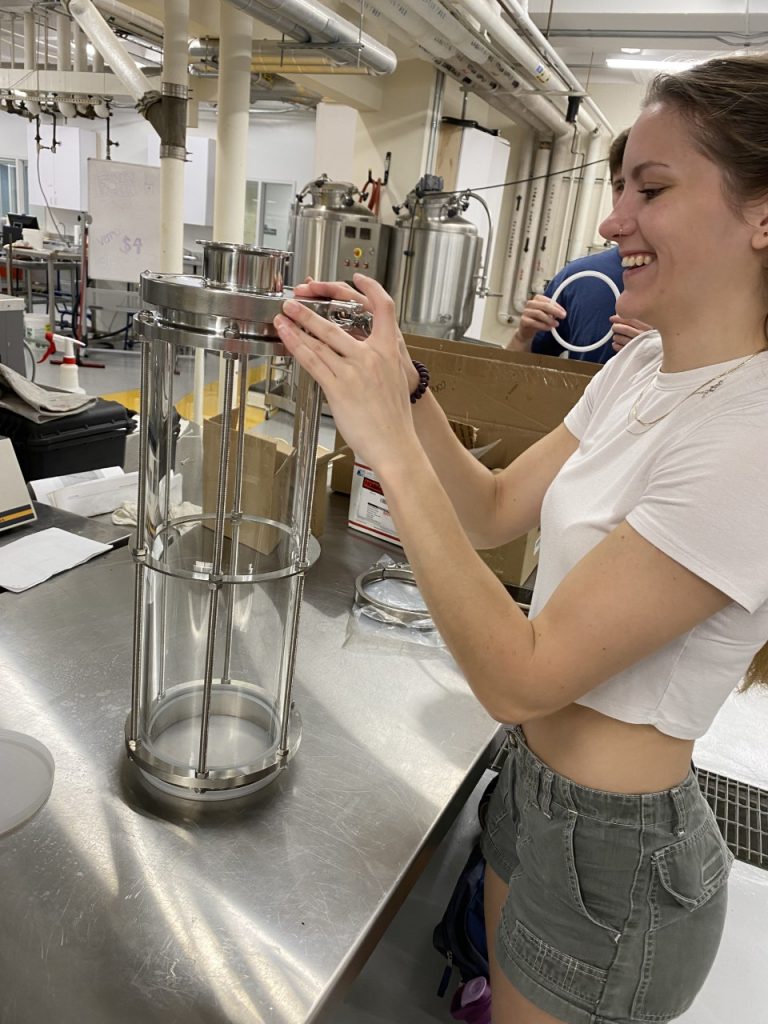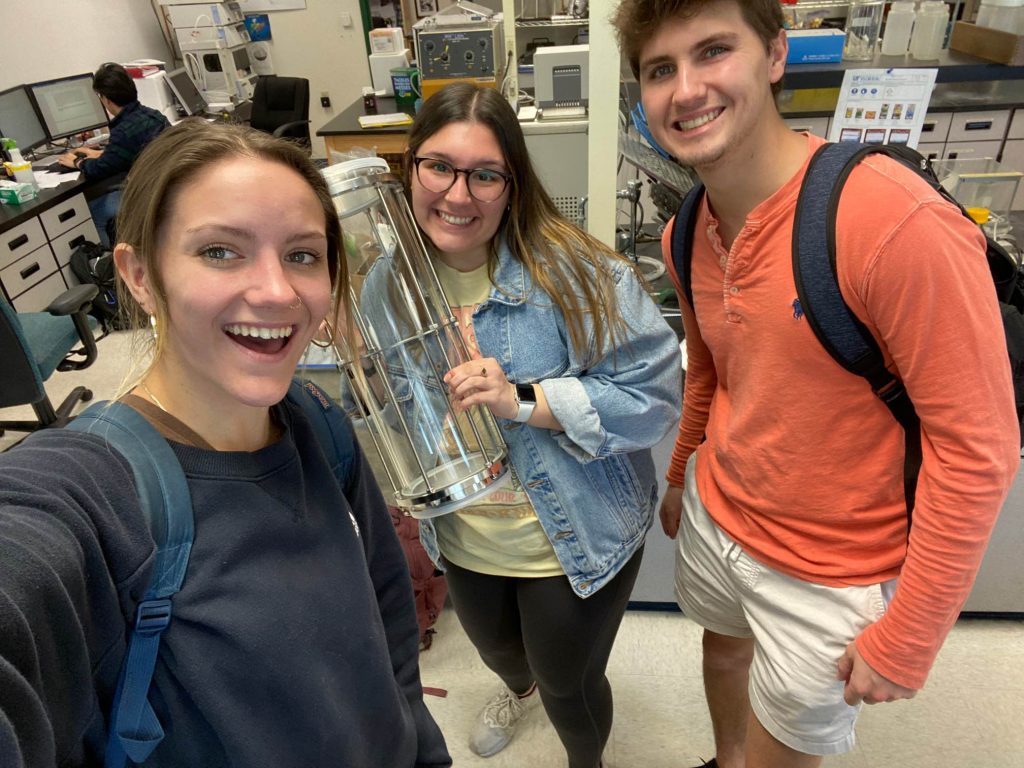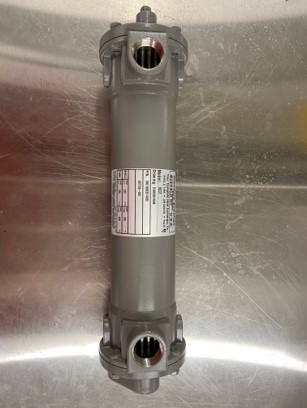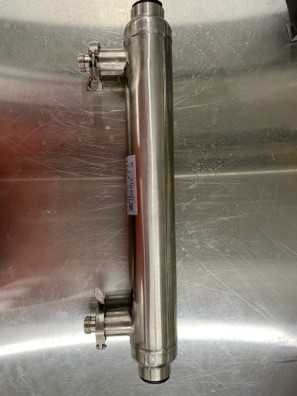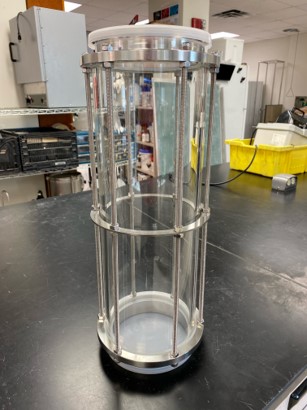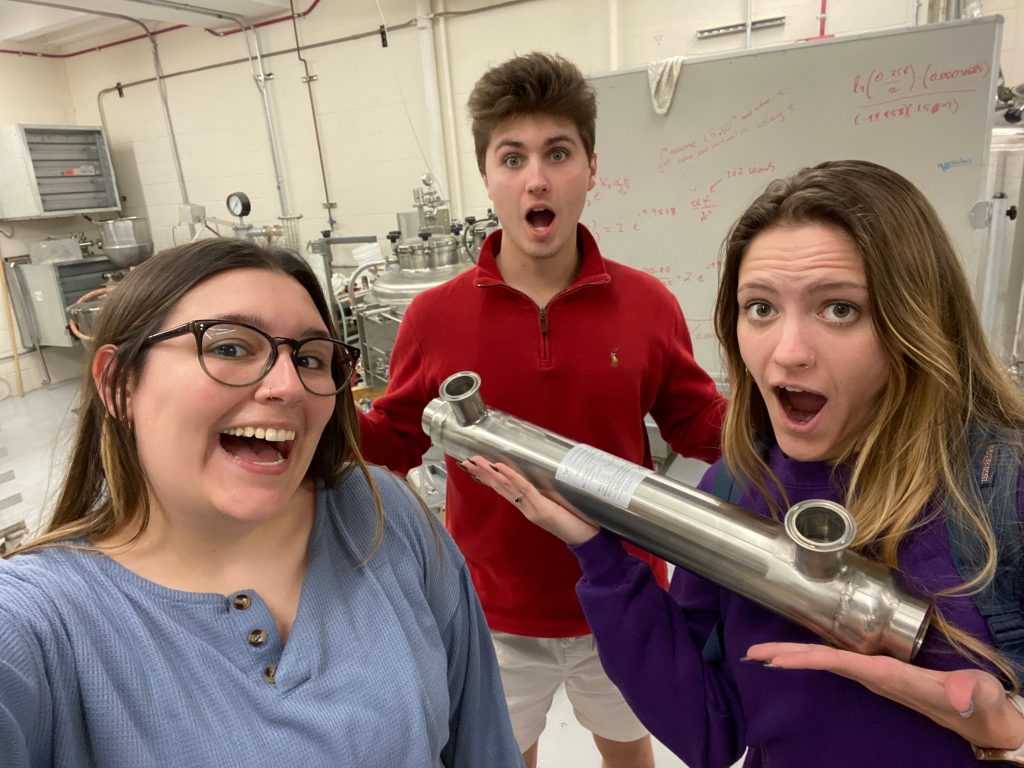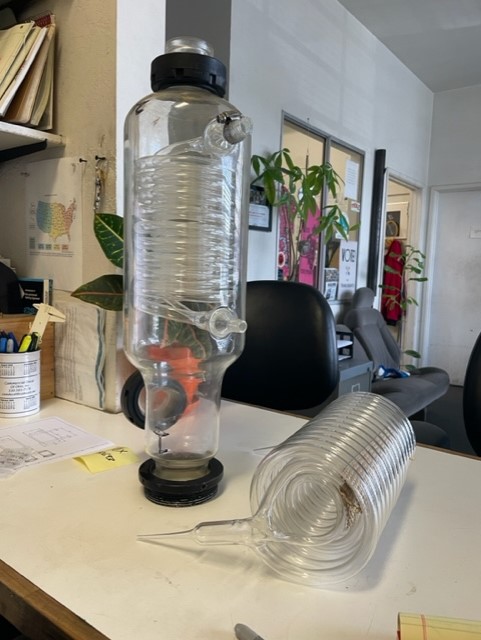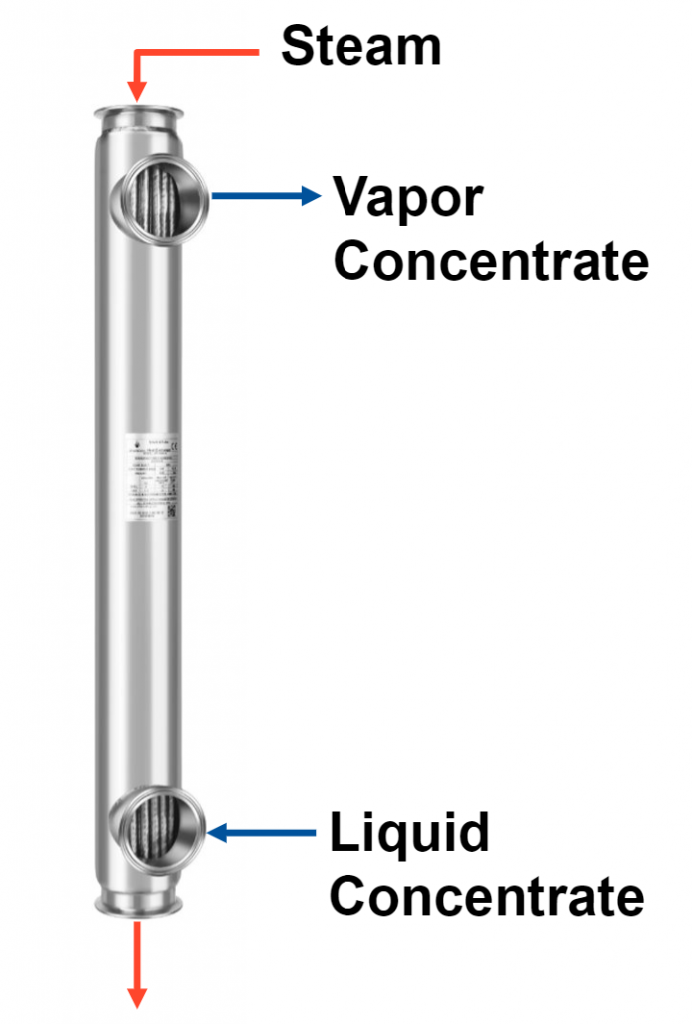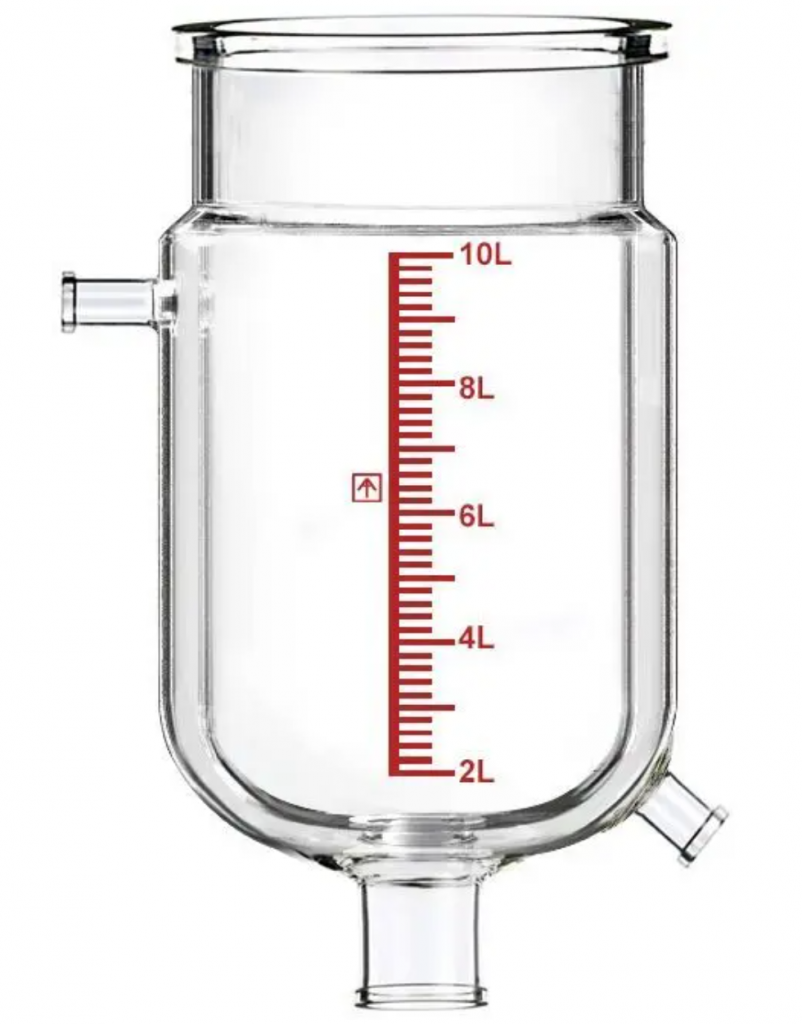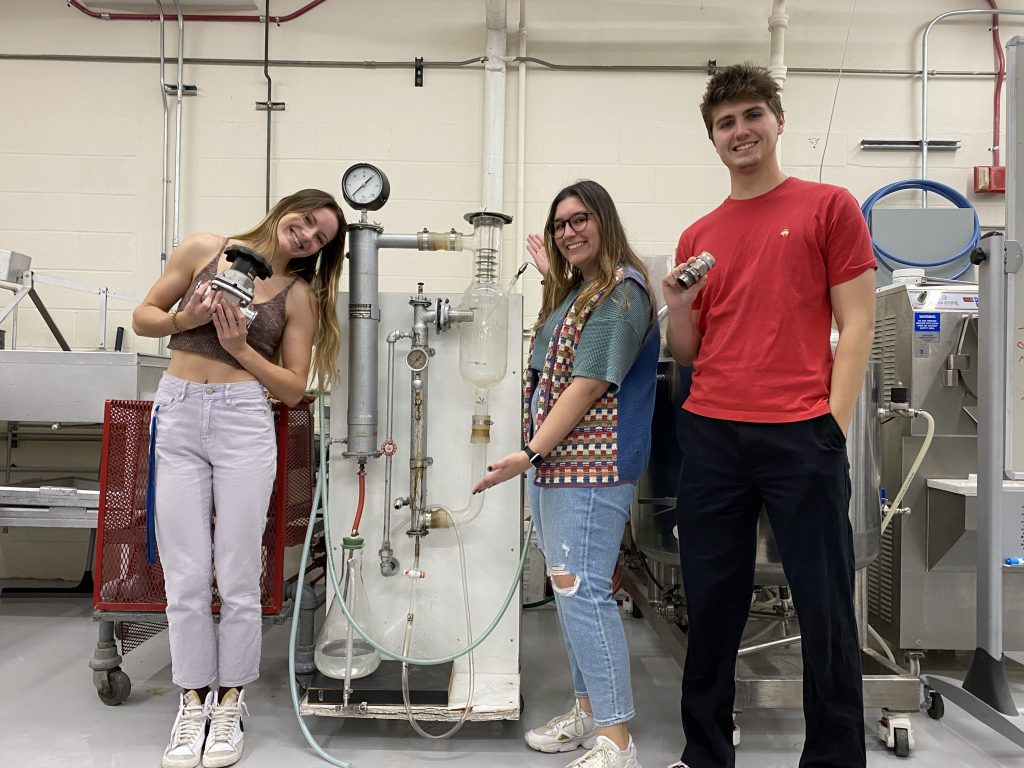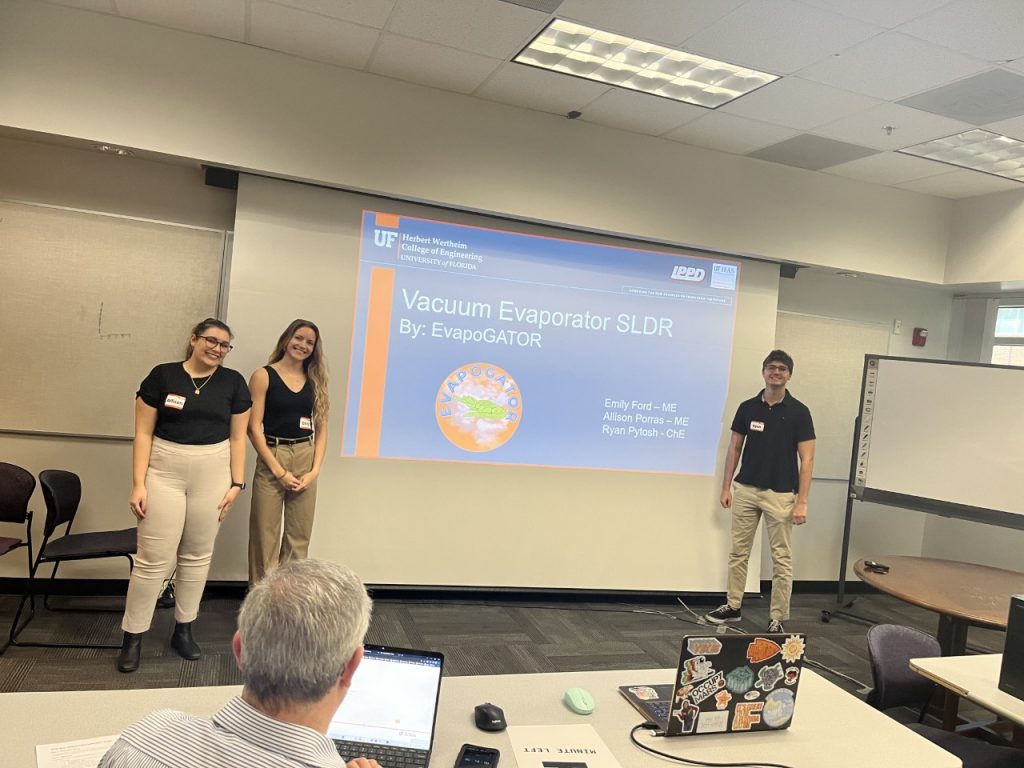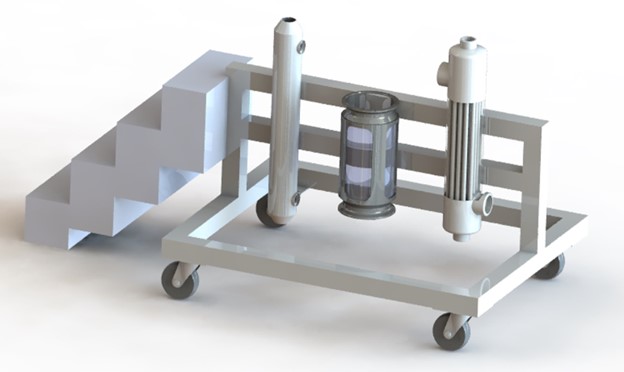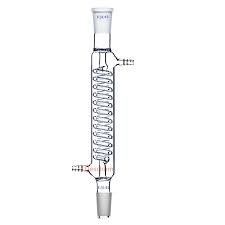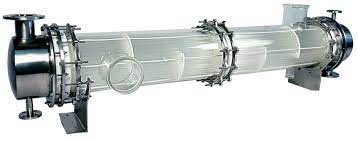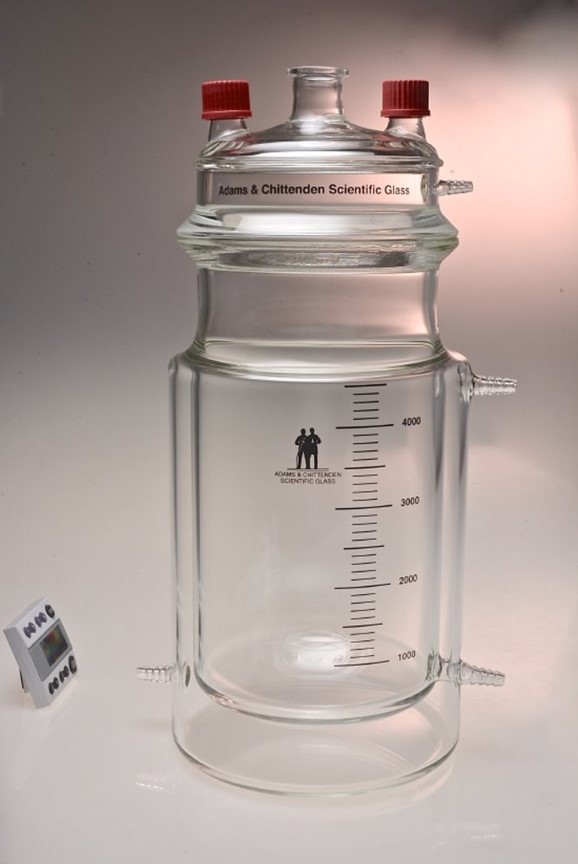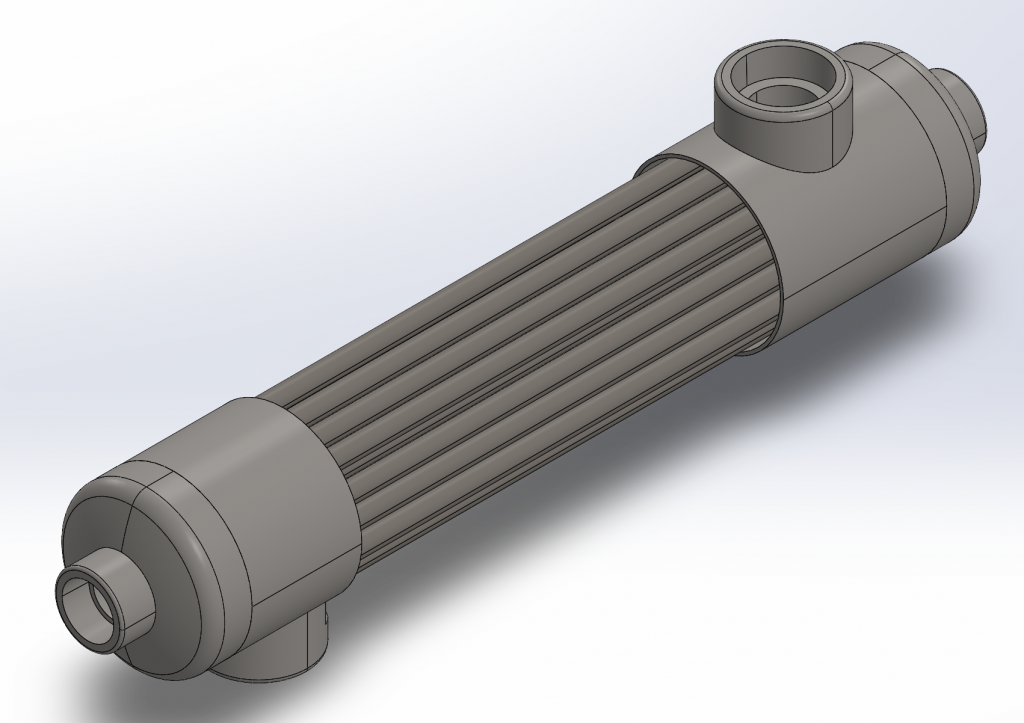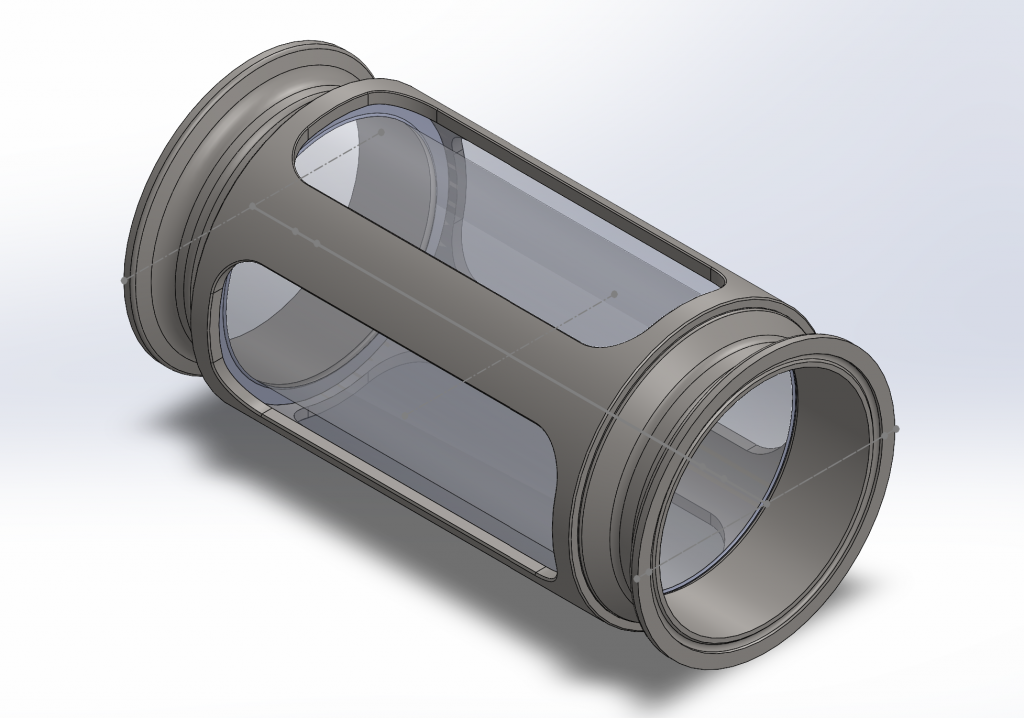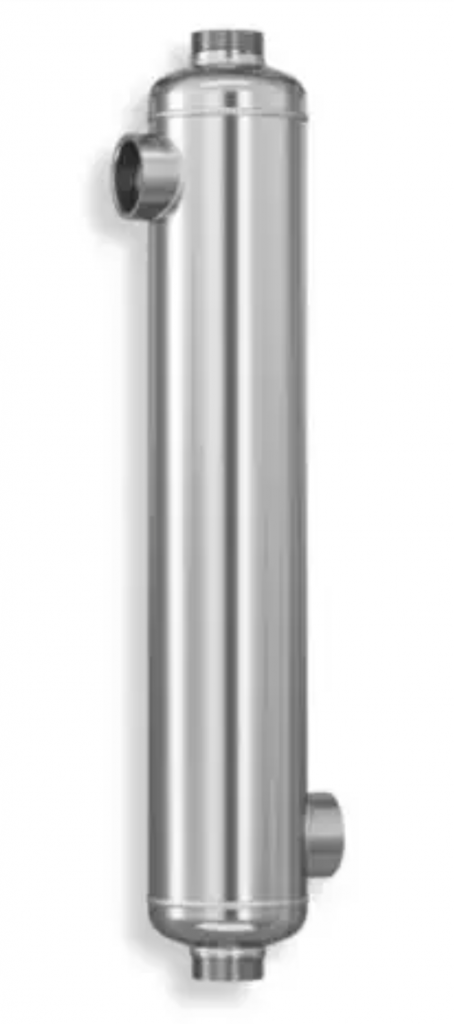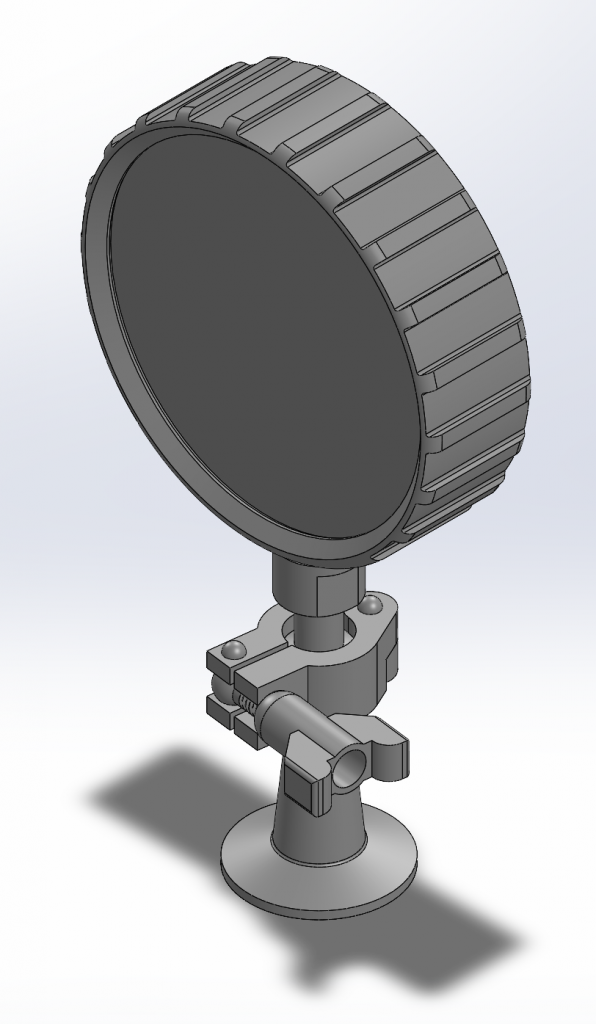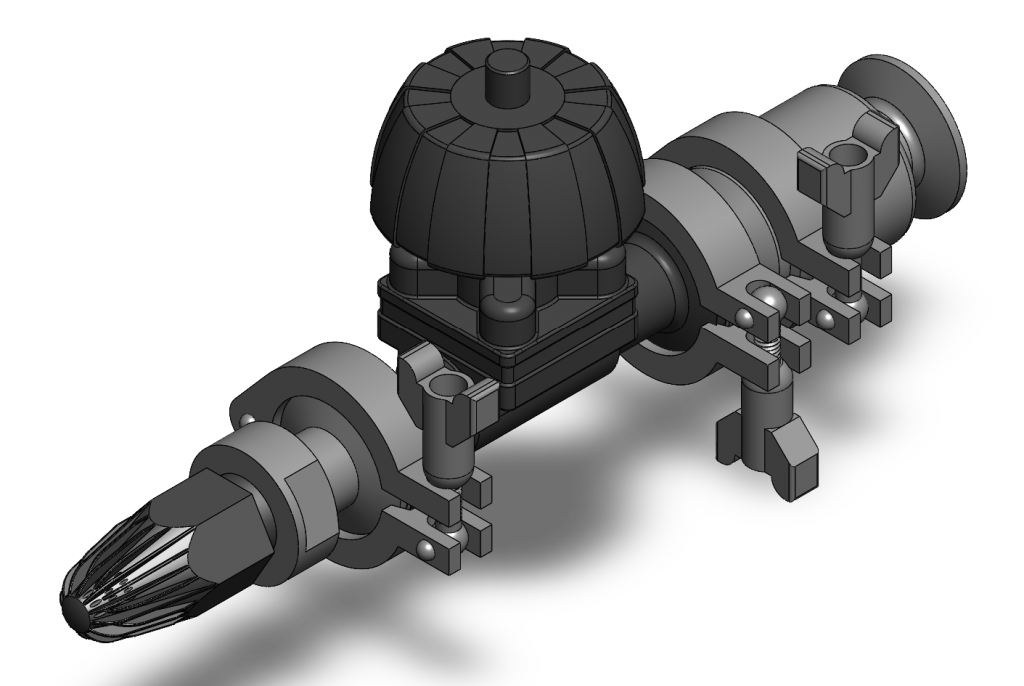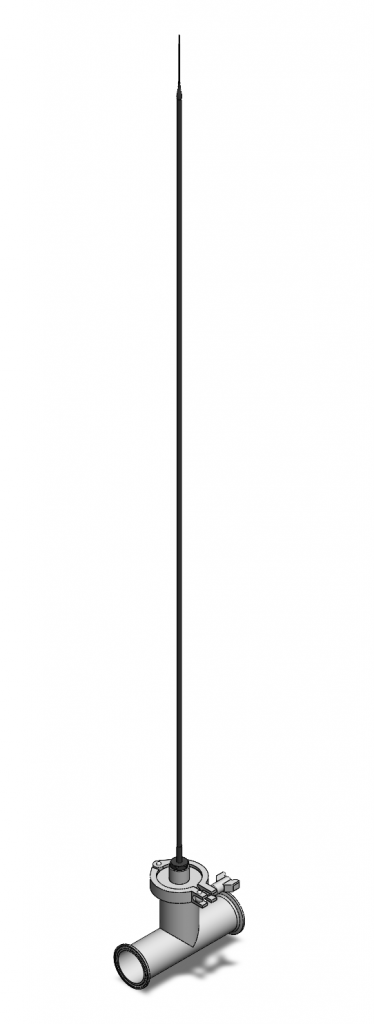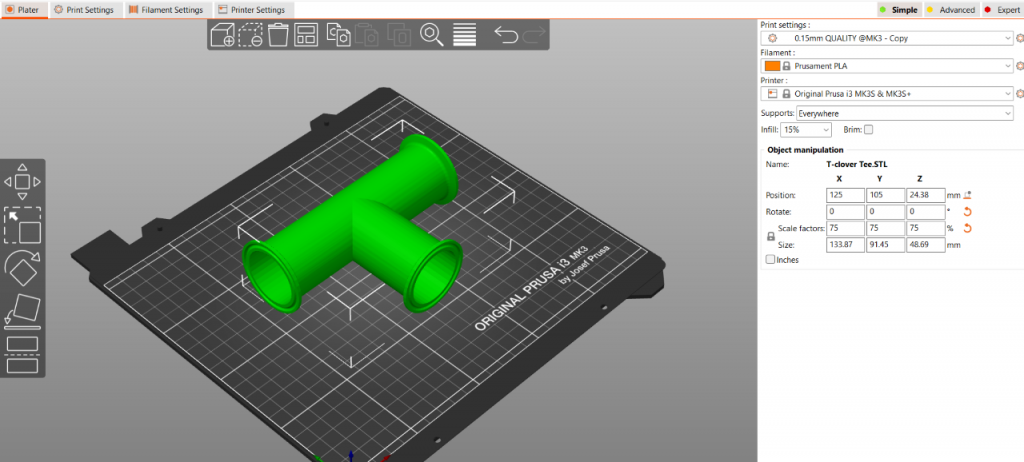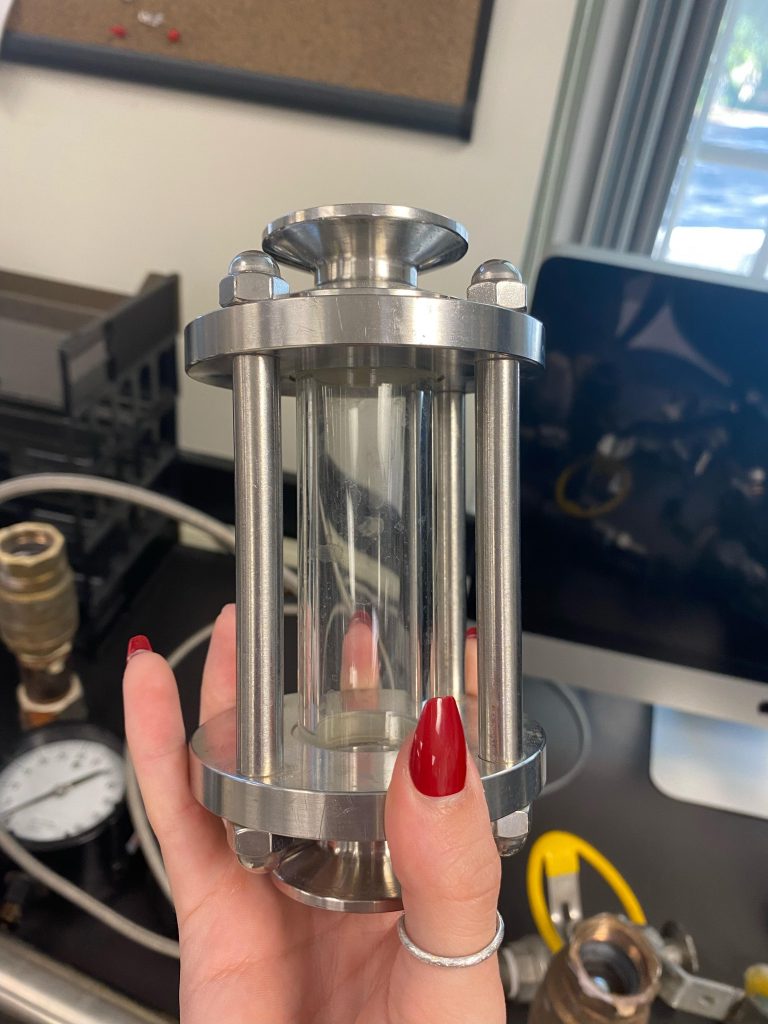Welcome back and happy February! Here in Gainesville, we’re back to mid-70° weather, a couple of humid rainy days, and the yellow pollen that sticks to your windshield. Ahh, spring.
Anyway, I’m here to report that EvapoGATOR has continued our progress this week by:
- placing a third purchase order for components
- beginning assembly of the phase separator tank with parts we’ve received
- confirming the lead time of the frame welding from our liaison Dr. MacIntosh and his colleague in the IFAS Agricultural department
- creating more detailed testing plans for the system’s thermocouples, valves, and pressure gauges
- developing solutions to a problem that arose with the system’s natural circulation
We’re happy to report that we have most of our parts purchased now and are waiting for them to arrive. Additionally, the stainless steel rods and caster wheels for the frame have arrived and are currently being welded with a lead time of ~0-3 weeks. Hopefully, we will have the frame sooner rather than later and can begin assembling the system. Until then, we have to work with the parts that we have, so our team began assembling the phase separator tank and will continue testing that unit and the others.
A moderately sized problem we encountered this week was the risk of the evaporator heat exchanger (HEX) not functioning properly in the current design. Our liaison engineer brought up this concern in our weekly meeting, and the team decided a good solution would be to buy a new, longer HEX that would ensure the system’s natural circulation remained intact. We have researched, completed calculations, and compared the heat exchange properties of our options with the data we know from the original part. With this, EvapoGATOR feels we have found a good solution and are finalizing that design edit into our full system CAD model and bill of materials (BOM).
With all of this progress, we know the grind doesn’t stop because we’re now preparing for QRB2 on 2/28. Here are some plans we have for next week:
- continue assembling the phase separator tank and other subassemblies as parts come in
- continue/finish placing purchase orders for system components
- finalize CAD model and BOM
- continue HEX testing on the condenser and evaporator
- construct and begin testing thermocouples — create calibration curves to add to QRB2 presentation
- work on a draft of ASEE paper and complete literature review
As we go into the week of Valentine’s Day — spread love, not hate. Here’s a picture of Emily loving this project, as all of EvapoGATOR does.
